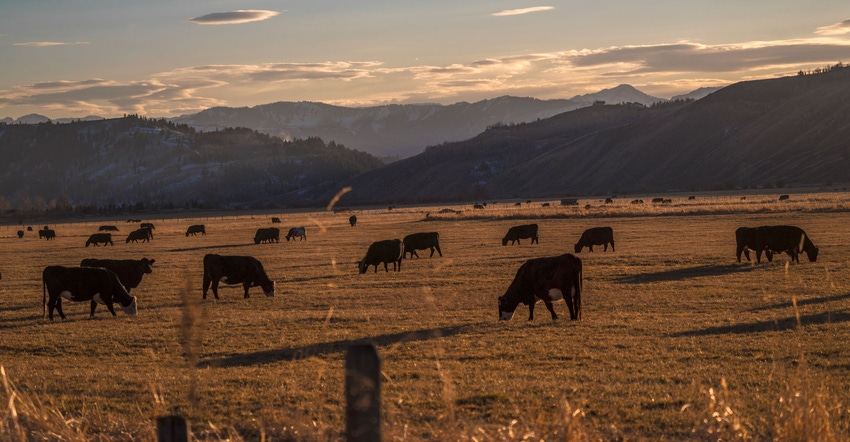June 1, 2021

President Joe Biden in January issued an executive order titled “Tackling the Climate Crisis at Home and Abroad.” This EO laid out a series of actions for federal agencies to take regarding climate change mitigation and resilience, including directing the secretary of agriculture to collect stakeholder input on a climate-smart agriculture and forestry strategy. As part of this process, USDA sought input from the public to ensure that relevant information is considered.
The Family Farm Alliance provided its own comments to USDA on a variety of issues important to our membership, including climate-smart agriculture and forestry, biofuels, bioproducts, renewable energy, and catastrophic wildfires.
We also worked with the Western Agriculture and Conservation Alliance to craft another, more conservation-oriented response to USDA’s request. The WACC was formed in 2012 to support the common interests of agriculture, conservation and others tied to resources on behalf of a viable and sustainable rural West. The WACC focuses on resource issues on working lands, which in the West are on both private and public lands.
Private lands in the West are often located in riparian areas, and are both the most fertile for agriculture production and the best habitat for biodiversity. Farmers and ranchers have cultivated these areas for more than 100 years in some cases.
The alliance’s 18-page letter to USDA provided background on Western agriculture and forestry challenges, and recommended several actions regarding climate-smart agriculture, with an emphasis on looking to experienced Western producers who have a proven track record for innovation.
The letter urged USDA to encourage more participation, more investment and more recognition of private property owners’ efforts engaged in landscape-scale solutions. It notes that existing USDA programs (like the Regional Conservation Partnership Program) provide funding, financing and authority to conduct many climate-smart agricultural and forest programs.
Offering other insights
Our letter also provided recommendations on employing USDA programs to catalyze biofuel, bioproducts and renewable energy projects in Western watersheds and finding ways to use those programs to decrease wildfire risks in the West.
U.S. Forest Service Chief Vicki Christiansen recently told Congress the agency would need to treat an additional 2.6 million acres a year, on top of the 2 million to 3 million it already does, for the next decade to eliminate a backlog that has dominated the agenda for several years.
Our letter closes with recommendations that emphasize the need to improve interagency coordination and incentive-based water quality trading programs. Farmers, ranchers and some conservationists know that the best water solutions are unique and come from the local, watershed and state level. We need policies that encourage agricultural producers, nongovernmental organizations, and state and federal agencies to collaboratively work together in a strategic, coordinated fashion.
We’re hopeful that Secretary Tom Vilsack and his team at USDA will consider our comments as the agency develops a climate-smart agriculture and forestry approach.
Keppen is executive director of the Family Farm Alliance.
About the Author(s)
You May Also Like




